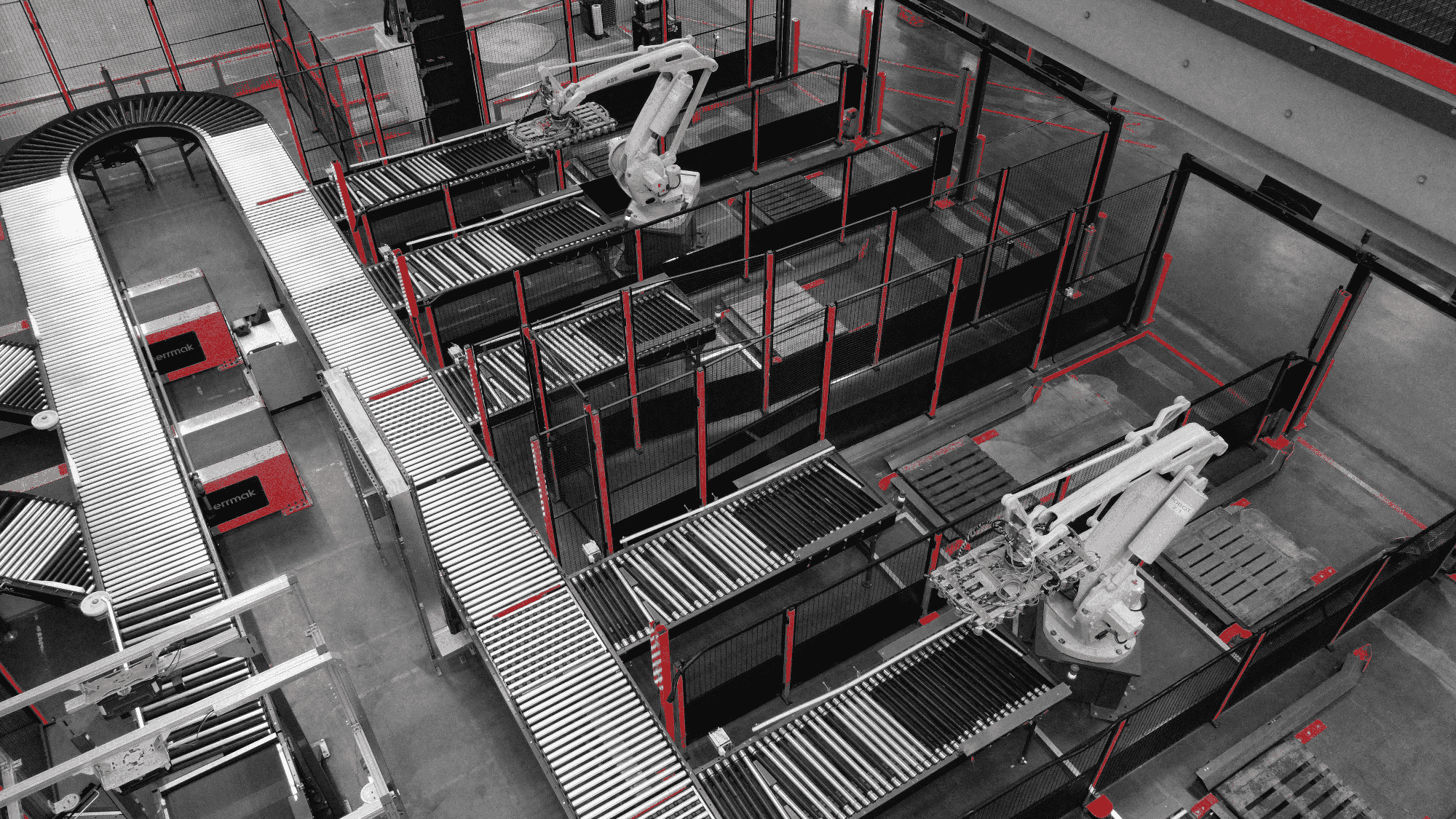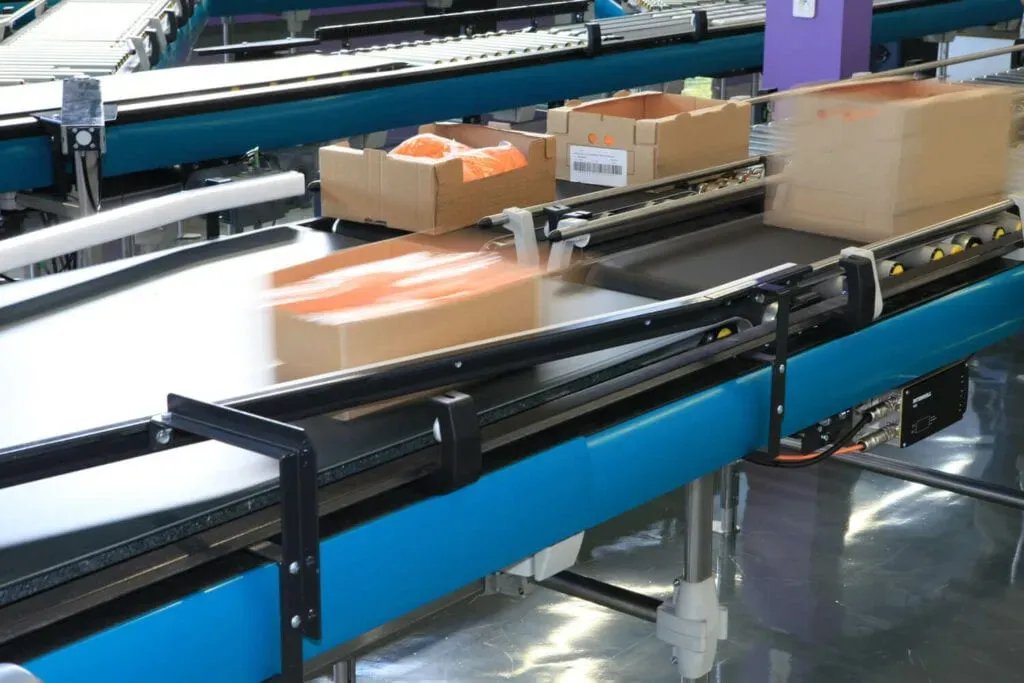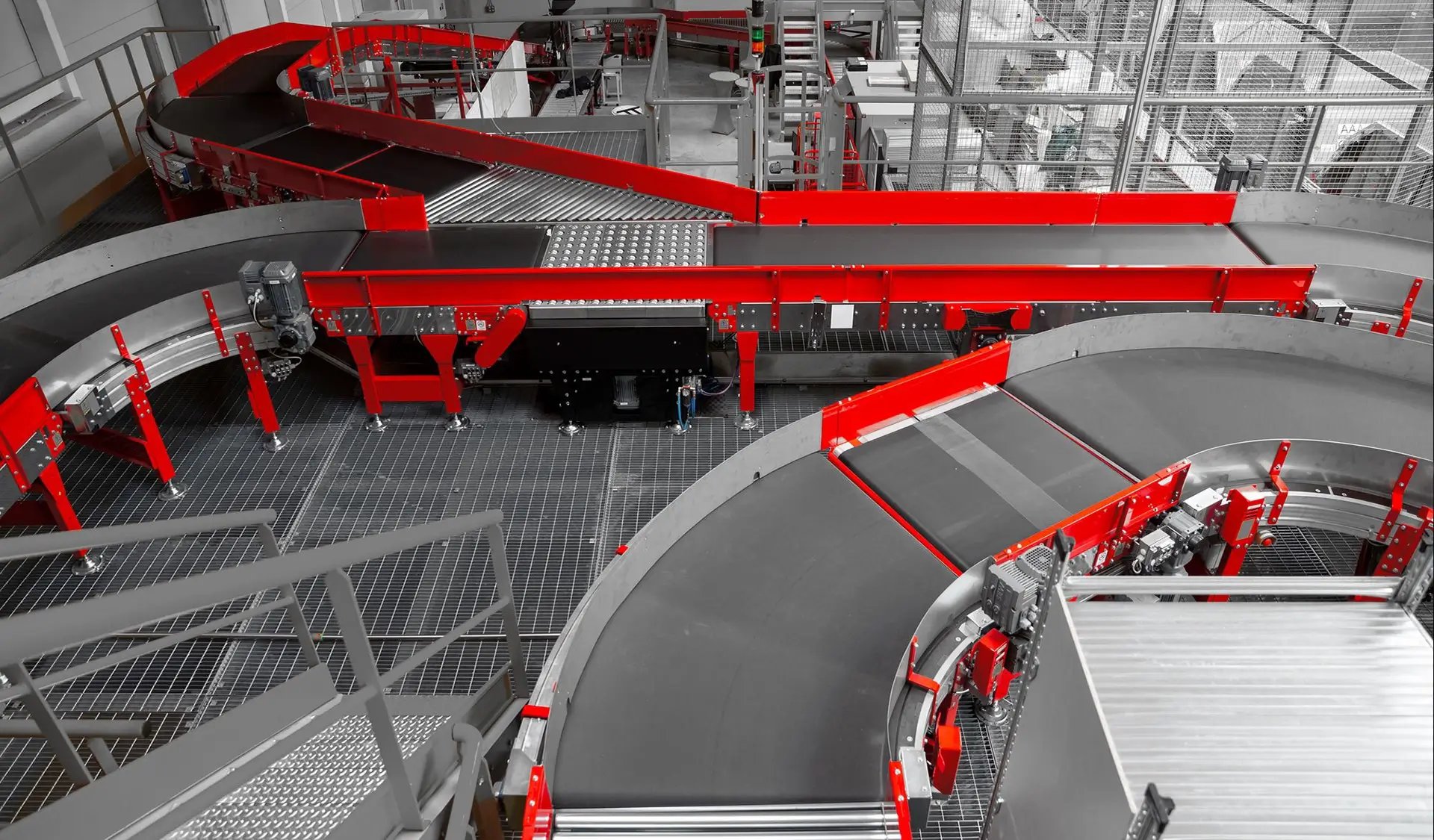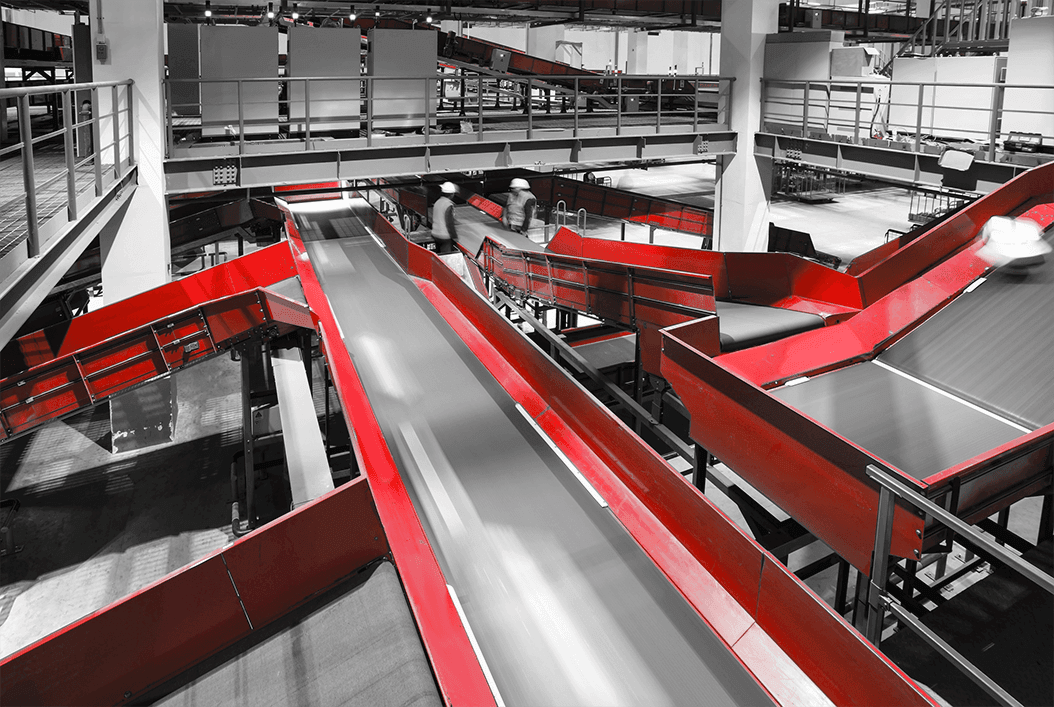Conveyor systems play a pivotal role in reducing labour costs in material handling by increasing efficiency, accuracy, and productivity while reducing reliance on human task execution and improving overall workplace safety.
The integration of conveyor systems with automation technologies such as AMRs, robotic pickers, and palletisers further enhances streamlined operations, minimising human intervention in repetitive and manual processes. This shift enables businesses to focus their workforce on high-value activities, strategic activities, and job satisfaction, ensuring competitive advantage in the modern logistics landscape while maintaining product quality and customer satisfaction.









